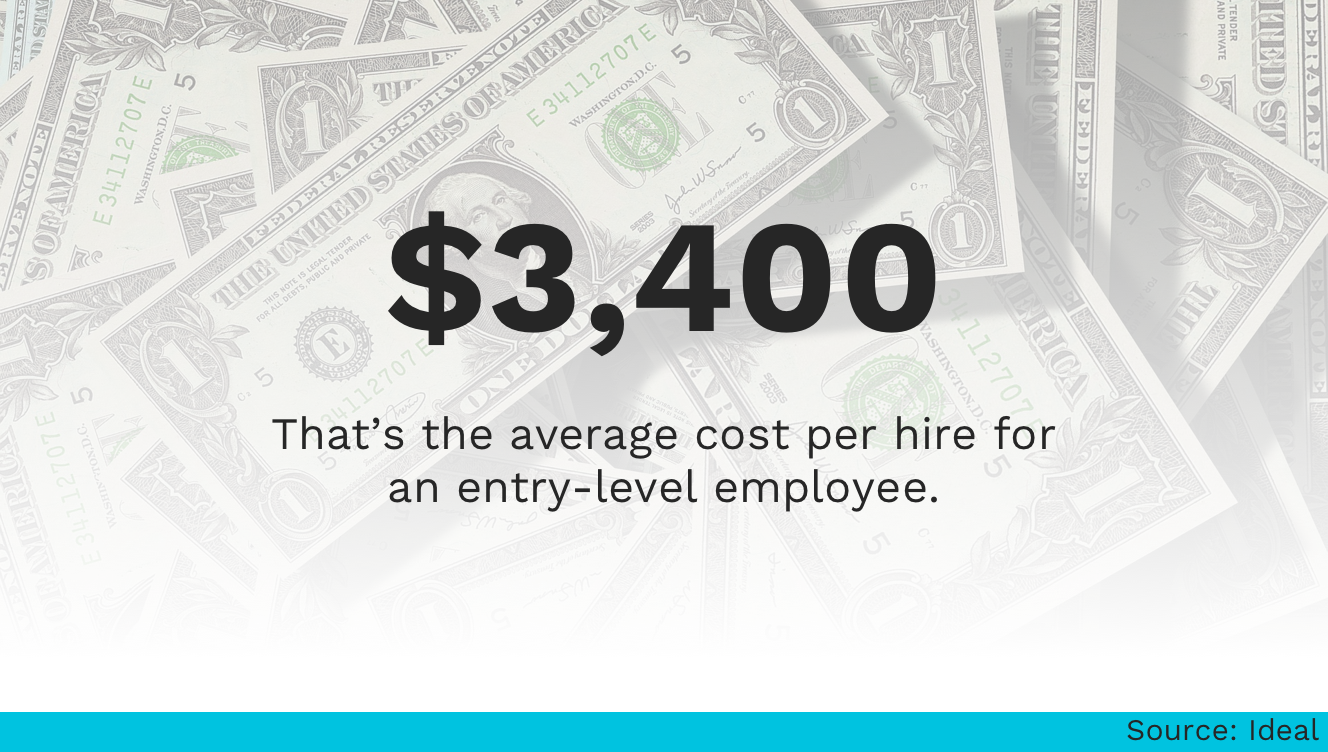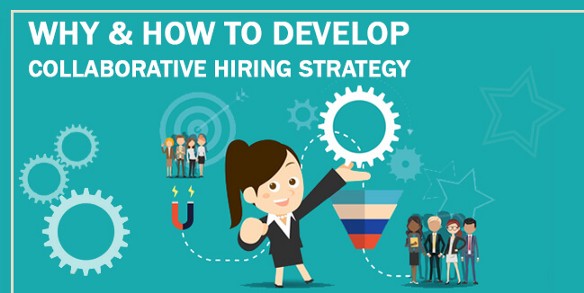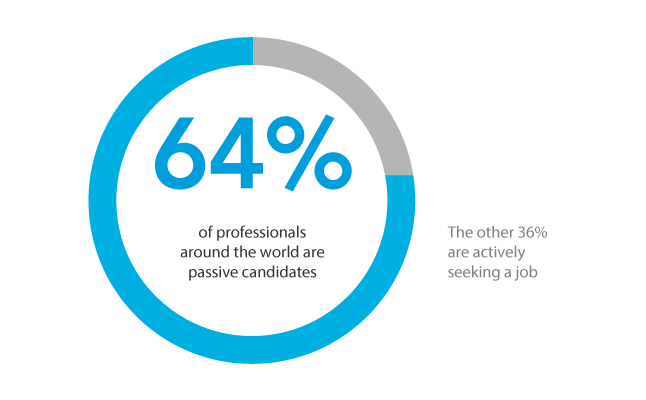In the past, the recruiting and hiring decisions all came from one single source, the manager. However, in recent years, the HR industry has become more collaborative and focused on joined effort.
As a matter of fact, things like employee referrals and internal mobility are one of the major recruitment trends for 2019. Some of the tech giants, including Google, Facebook, and Apple have already begun collaborative hiring in their recruitment process.
Introducing collaborative hiring into your company can be a challenging task. But there’s nothing to worry about. In this post, I’m going to walk you through the most significant benefits, and tips for how to make a smooth transition.
What is collaborative recruiting and hiring?
Collaborative hiring is the process of team-based recruitment. As the name suggests, it involves the collaboration of both HR and other department teams in the recruitment process.
Thus, recruitment becomes a team sport in which everyone has a say and a role to play. Different departments are included in the hiring process, during interviews, or by meeting the potential candidate. In a nutshell, it’s adding more voices into the process to get a higher level of evaluation of potential candidates.
What are the most implemented practices of collaborative hiring?
The top two quick and easy to implement collaborative recruitment practices that bring the highest ROI are employee referral programs and internal mobility.
In an employee referral program, your current employees recommend candidates from their existing networks. In return, your company offers some type of employee referral rewards.
The practice of referral hiring motivates employees to make cultural fit recommendations for hiring. Thus, saving the company money and time, and the employee is rewarded with a bonus.
Internal mobility is another collaborative hiring practice that can help meet skill shortages and prepare the next generation of leaders. As finding the right people is an evergreen struggle and unemployment levels hit a record low, companies have finally understood the importance of internal mobility.
The best candidate for a position may already work inside the company. So, it’s the manager’s responsibility to build and support a culture in which employees are encouraged to look internally for new career challenges. This practice can help companies with their retention rates as today’s youngest workers want to work for employers that challenge them and promote them quickly.
What are the benefits of an employee referral program and internal mobility?
1. Improved quality of hire
Your employees have been a part of the company and understand your culture, mission, and vision. Thus, they are best equipped to recommend people who would be a great fit for the company. As passive candidates make up 70% of the global workforce, reaching them can make a world of difference for the quality of hire.
2. Higher retention rate
Employee turnover in many industries has always been expensive for companies, and its cost is rising. The average time employees aged 25 to 34 stay with a company is 3.2 years. Meaning, if you improve your quality of hire, you’ll ultimately improve your retention rate.
Hiring a person that someone from your company recommended is more likely to stick with you longer. Whereas, hiring someone who’s not a good fit increases your chances of them leaving your company sooner.
#. Saves time and cost to hire
Did you know that the average cost-per-hire in the United States is $4,129? Or that the average time to hire in the United States and Canada is 25 days?
Not only that your existing and referred employees have higher chances of staying with the company, but they’ll also save the company in time and hire costs. You don’t have to spend money on posting open job positions on social media. Or waste time posting jobs on job boards and organizing recruitment events.
You’ll get quality candidates straight to your doorstep and simply invite them for an interview. Consequently, the time you’ll save can be invested in working on your employer brand on improving your company culture.

How to build a successful employee referral and internal mobility process?
Let’s take a look at the top 3 steps to build an effective employee referral and internal mobility process:
Establish clear guidelines
Without putting clear guidelines into place, your employees won’t know how the collaborative hiring process operates. Every single person on your hiring team must understand their role and responsibilities. Furthermore, be efficient in setting deadlines, holding regular meetings, and maintaining ongoing communication. Agree on how the information will be shared with your team. Will you communicate through Slack or will you be collaborating through email? Make sure you decide on a medium that works for everyone.
Offer training for your employees
Your company introduces something new to the workplace that employees are not familiar with. You can’t expect them to do their best work if they don’t receive the proper training. For this reason, it’s essential you offer training to and introduce them to the best practices in employee referral programs and internal hiring. Go through each stage of the hiring process, look at companies who have introduced collaborative hiring to their employees, and let your team learn from them.
Take advantage of proper tools
Employee referral and internal mobility programs can be implemented more easily and managed more successfully by using the right tools. Modern Applicant Tracking Systems are a great choice as they have built-in employee referral programs. You can easily use the software to send your employees referral emails. They will receive the email with a sharable link they can use to share the job on social media. You’ll be able to share info about candidates with team members and control who has access to what info.
Final Word
Collaborative hiring processes like internal mobility and employee referral programs might sound like a lot of work. However, managing to implement them properly can bring your company multiple benefits. Hopefully, by following the tips mentioned above, you’ll manage to set up an amazing collaborative hiring process that will lead to:
- More high-quality candidates working at your company
- Faster time to fill and time to hire
- Hires that stay with your company longer
- Organizational fit hires for the company.
Good luck!










